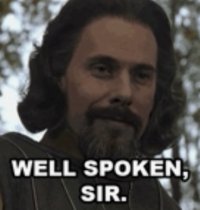L
Loswr
Guest
Please, just don’t. @AlanF understands the concepts quite well. His point, which you apparently missed, was that if you’re already cropping the image from the FF sensor to an area smaller than the APS-C sensor size (which is very common for those shooting birds), the longer ‘effective focal length’ resulting from the smaller sensor is meaningless.Where you’re standing doesn’t make any difference as to the effective focal length of the lens. The crop factor exists full time based on the size of the sensor. It doesn’t magically change when you move farther away.
He also understands that exposure is based on light per unit area.
Since you feel compelled to explain things we already know, the DoF doesn’t magically get deeper with a smaller sensor. In fact, because the circle of confusion varies directly with sensor size, the smaller sensor actually has a shallower DoF. It’s when and because you increase the subject distance to match framing on the smaller sensor that the DoF increases.
Enjoy your popcorn, @dcm!
Upvote
0

